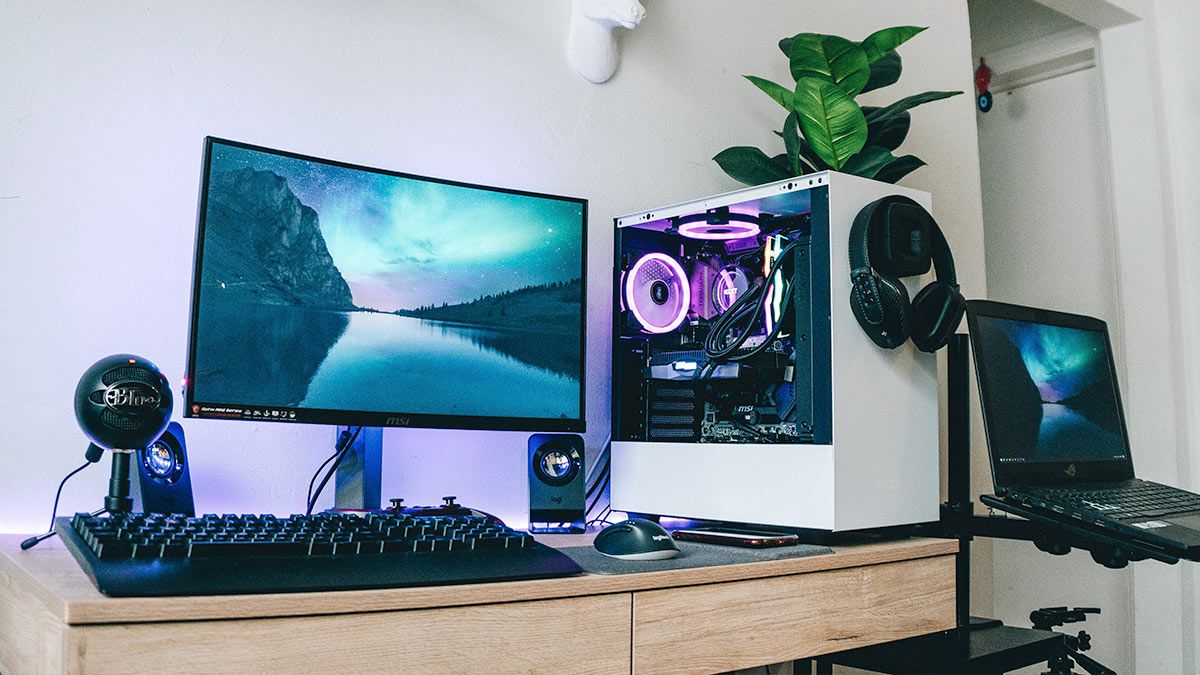[LOOKBACK] PC market booming in Q1 2021: Good preparation for a downturn?
Q1 2021 was the quarter that marked the boom in every figure of the PC market. But does this imply a bleak, pessimistic course in the foreseeable future?
Q1 2021 was the best Q1 in terms of PC shipments since 2015. Individuals, companies and organizations continually find themselves in need of new computers for study, work and operation, expanding the market prosperity, which began in 2020 amid the COVID-19 pandemic. The number of PCs distributed to retailers rose by 32% compared to the same period last year, with 70 million desktops and laptops reaching the end users, and this was the most significant market growth rate in the last 20 years. And the statistics didn't include the figures for Chromebooks.
Adding the Chromebooks' numbers to the calculation, the PC market's volume actually increased by 47%. According to CNBC, though organizations were inclined to have their employees back at work and schools were open again, the market explosion showed hardly any sign of a halt. It was an aberration, as Q1 often sees lower PC turnover than in festival seasons, summer vacations or year ends. A substantial rise was marked during a global chip shortage, leaping hardware prices and fractured supply chains. Overall, 2021 is expected to witness a 55% jump in shipment, and this anticipation is plausible as all five biggest manufacturers globally were enjoying 2-digit growth rates: 23.4% for Dell, 60.6% for Lenovo, 64.4% for HP, 82.1% for Acer and a whopping 105.2% for Apple.
"Credit" should not only go to the epidemic, but the manufacturers' efforts to make adjustments to serve every customer segment (office users, gamers, graphics professionals and even those who buy a PC only due to trends) is also worthy of recognition. Demands for notebooks and workstation laptops skyrocketed by 79%, so why are many people even sensing a projected market depression?
News concerning endless price jumps is now everywhere. In March and April, supply deficits pushed RAM and monitor prices to a new height, while the shortage of under $1 chips impeded the completion of an entire expensive device or structure. A fall in the Bitcoin price was expected to ease that of GPUs, but the market clearly needs some time to recover (and these two figures are NOT always proportional). In certain parts of Asia, the GPU price has been pushed to an extreme degree, and many retailers resort to aborting the sale of GPUs as independent hardware. Many manufacturers, meanwhile, only distribute GPU to retailers willing to warehouse a large number of their mainboards, fueling an atmosphere of conflicts among supply-chain links, which individually have their problems to address.
Intel and TSMC have affirmed that the global chip shortage will be protracted until 2023. Given that the cryptocurrency prices would remain stable, and even when the pandemic ends, Intel and TSMC's efforts to provide more chips to the market might not pay off soon. Nvidia, Qualcomm, Apple and Broadcom (big partners of TSMC) would also suffer, while AMD's CPU might be more expensive (due to their difficulties in matching the market needs). Positive shipment numbers in Q1 can help manufacturers survive and maintain their operations. Movements have been made to secure a future for the market: Intel is developing their dedicated GPUs, simultaneously constructing two factories in Arizona to supply chips for their partners. However, in the short run (Q4 2021 to Q4 2022), we should not anticipate any breakthrough in the market, and prices would remain unpredictable and subject to fluctuations.

/fptshop.com.vn/uploads/images/tin-tuc/132874/Originals/nhiet-do-gpu-bao-nhieu-do-la-nong.jpg)
Comments
Post a Comment